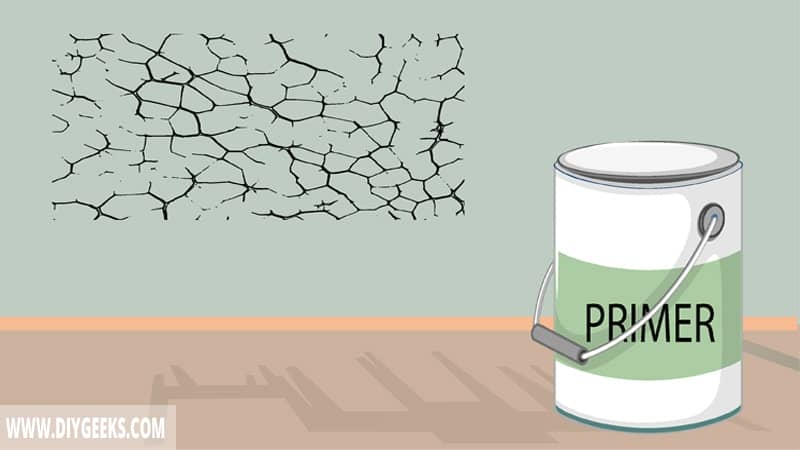Peeling paint refers to when paint layers start to detach, peel away, or flake off from the surface.
You can’t apply primer directly over peeling paint without fixing the issue that’s causing the finish to peel off. You must remove (scrape) the peeling paint, find and fix the issue, and apply primer.
To apply primer over peeling paint, scrape the affected paint, use a solvent or paint remover, fix the surface issues, sand the surface, apply primer, sand lightly, and apply primer or paint.
Does Primer Fix Peeling Paint?
Primer doesn’t fix peeling paint permanently, only temporarily — eventually both finishes will peel off.
Primer is a type of paint — it has the same additives, but it’s designed to be a base coat so it’s formulated with extra additives. So, the same reasons that made the paint peel off will make the primer peel off too.
A primer coating will stop a finish from peeling only if you apply it first. For example, stain-blocking primers will prevent water from penetrating the coating and washing it off.
Is Scraping Chipped Paint Necessary?
Scraping chipped paint is necessary to remove it from the surface. You can use a paint-removing paste, too.
You don’t have to scrape the entire finish, only the affected spots. So, if the entire finish isn’t affected, you don’t have to remove it.
If multiple spots (or coating) of the finish are coming off, you must remove the entire finish as it indicates a bad surface prep or application. In this case, the whole finish will peel off sooner or later.
The primer won’t stick and will peel off if you don’t scrape the peeling paint. Before the primer peels off, the finish will look uneven, and sticky, and won’t have a constant color.
Paints can come off if there’s moisture, water leak, grease, or dirt on the surface. That’s why you must clean and fix the surface before painting it.
How To Apply Primer Over Peeling Paint?
To apply primer over peeling paint, do the following things.
- Scrape the Affected Paint.
- Use a Solvent or Paint Remover.
- Fix the Surface Issues.
- Sand the Affected Spot.
- Apply Primer
- Sand Lightly.
- Apply Primer or Paint.
The tools you need for this project are listed below.
- A Scraper
- A Solvent (Like Rubbing Alcohol or Mineral Spirit)
- Sandpaper
- Primer
- Wood Filler or Concrete Paste
- A brush
- Paint Stripper (Optional)
1. Scrape the Affected Paint
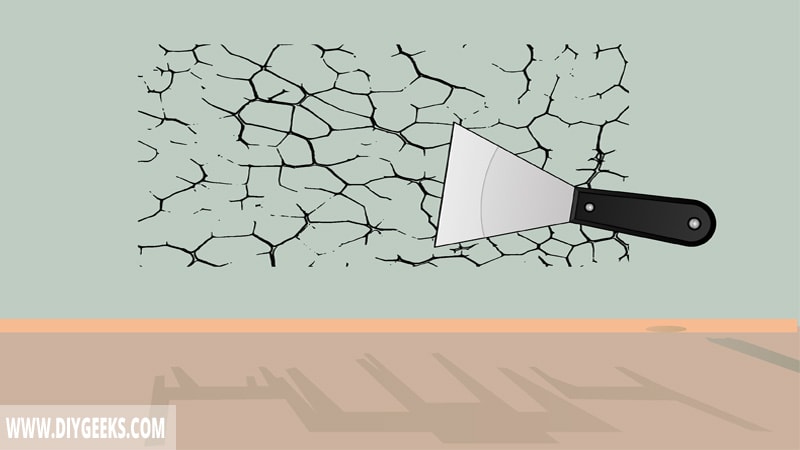
Scrape the chipped paint with a scraper. Put the top of the scraper under the paint, and lift it. You don’t have to remove the entire coating just remove the loose parts.
2. Use a Solvent or Paint Stripper
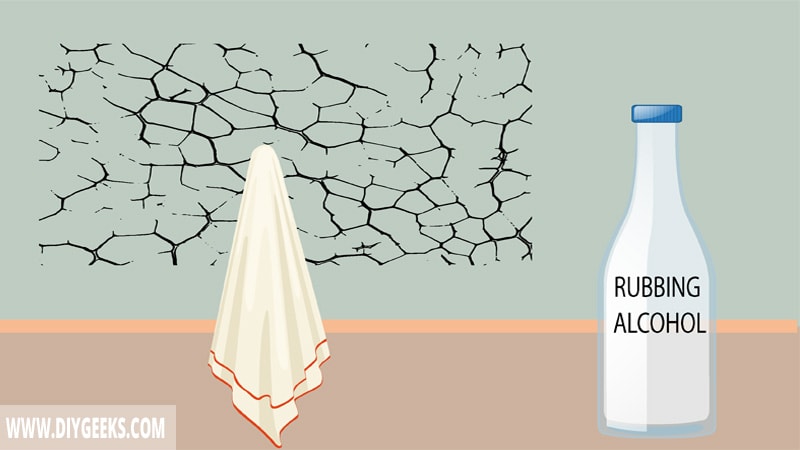
Use a paint remover solvent if parts of the flaking paint don’t come off. The solvent will weaken the bond between the paint particles, and liquefy the coating, making it easier to wipe it off.
Use rubbing alcohol for water-based paints, and mineral spirits for oil-based paints.
Here’s how to do it:
- Douse a rag with rubbing alcohol or mineral spirits.
- Use the dampened rag to wipe the coating.
- Wait a few minutes (10).
- The coating will start to change its color and turn liquid.
- Use a clean rag to wipe it off.
- You can also use a scraper to scrape the remaining paint.
You can use a paint-stripping compound as an alternative to rubbing alcohol and mineral spirits. To do so, use a putty knife to apply 2 coats of paint-stripping compound over the finish.
The stripping compound will absorb the coating and remove it. After a few minutes, scrape the stripping compound with a scraper, and the finish will come off too.
3. Fix the Surface Issues
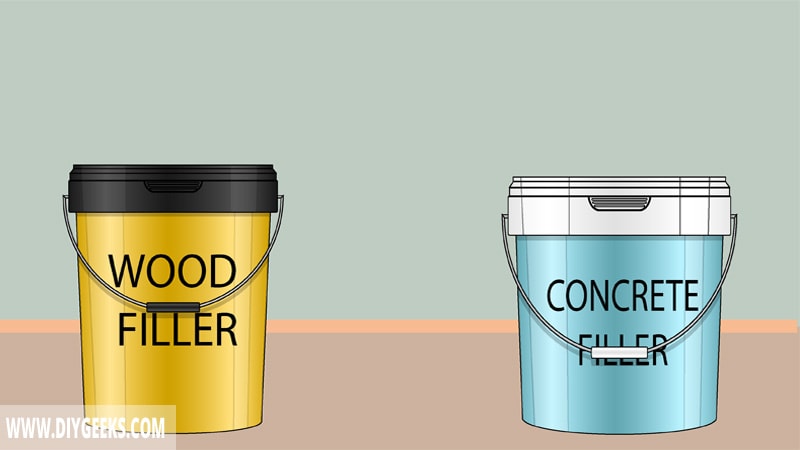
If you notice cracks, dents, or holes in the finish, fill them to prevent the next coating from peeling too.
To fill holes in wooden and plastered surfaces, use wood filler. To fill holes in concrete, brick, or stone surfaces, use concrete filler. Use a putty knife to apply the filler, fill the holes, and leave it to dry.
Wood filler takes 30-60 minutes to dry, and concrete filler takes 4-6 hours to dry.
4. Sand the Affected Spot
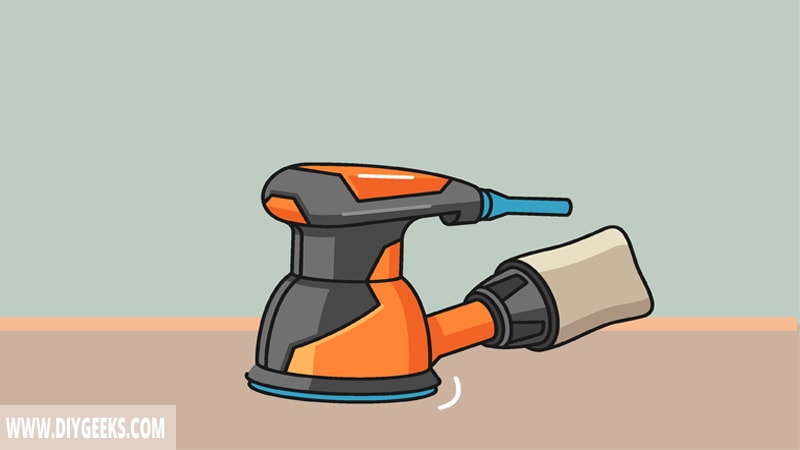
Sand the surface after the wood filler dries. Sanding will remove the extra filler and imperfections from the surface, and create a textured layer for the new paint to stick. To sand the surface, use medium-grit sandpaper (200-grit).
Inspect the surface to see why the previous finish was chipped off. For instance, if the surface has damp or water spots, it has a water leak problem and you must call a plumber to fix it.
If you don’t fix the issue, the new finish will peel off too.
If you don’t see anything wrong on the surface, it means the previous coating was applied poorly.
5. Apply Primer
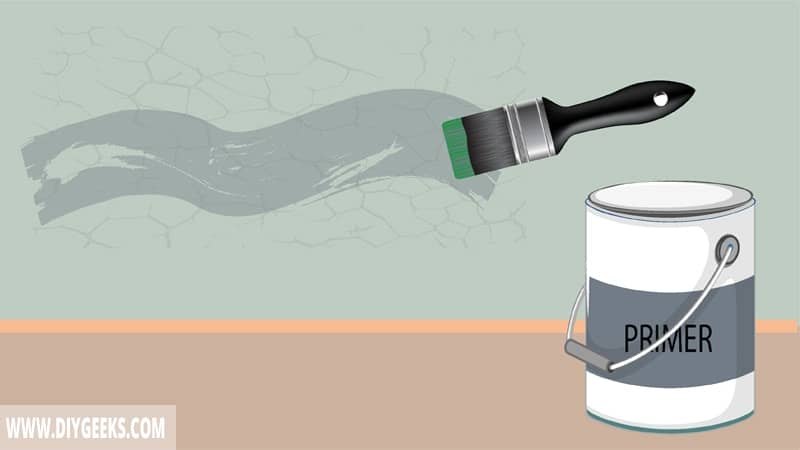
When the surface is dry and sanded, apply two coats of primer. The primer you will use will depend on the type of paint you intend to use.
You must use a water-based primer if you are applying water-based paint on the surface. If you apply oil-based paint, you must use an oil-based primer. You must use oil-based primer for polyurethane, polycrylic, and varnish too.
To apply primer, use a paintbrush. Sand between each coat of primer. Wait until the first coat of primer dries before applying the next one.
6. Sand Lightly
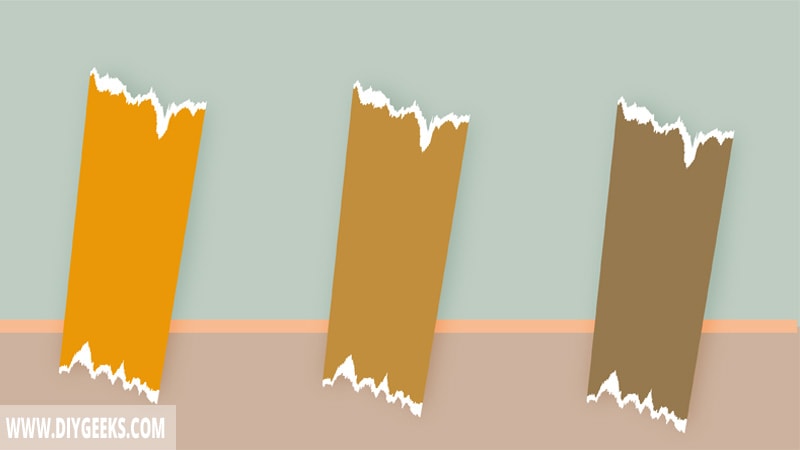
Once the second coat of primer dries, sand it using 320 fine-grit sandpaper.
7. Apply The Required Paint
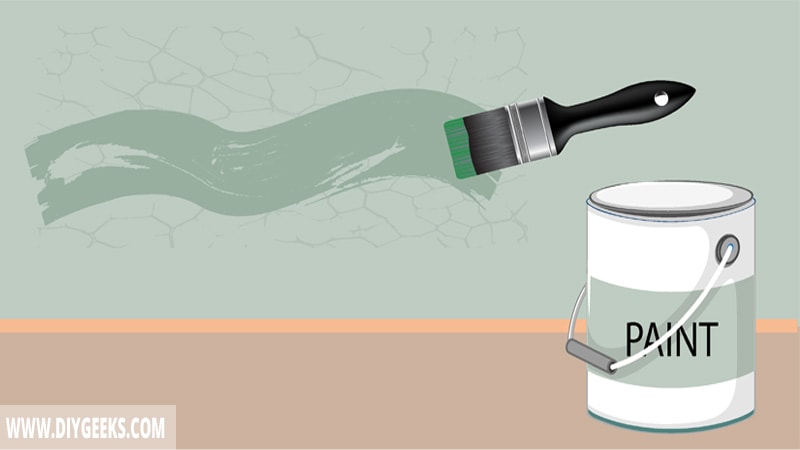
When the primer is dry and sanded, apply 2-3 coats of paint on the surface. After the finish dries, you can seal it with polyurethane or spar varnish to help it last longer.
Can You Paint over Peeling Paint?
You can’t paint over peeling paint without removing the entire finish first. The new finish will also turn streaky, uneven, and tacky if you do. Painting over a chipped finish won’t fix the issue.
When a finish starts to chip off a surface, it’s a sign that the surface is in a bad condition, or you didn’t apply it correctly. If the paint peels off a few weeks or months after application, something is stopping it from sticking to the surface.
The finish will also chip off if you re-coat it too soon. You must wait until one coating fully dries (its solvent evaporates) before you apply the next one. If you re-coat too soon, you will trap the solvent between the two coatings, and the finish won’t dry or stick.
So if you paint over the peeling paint to seal it, the new coating will also peel off because you haven’t addressed the underlying problem. Find out what is causing it to peel, fix the problem, and then repaint the affected spot.
Related Read: Is Primer Supposed To Look Streaky?
